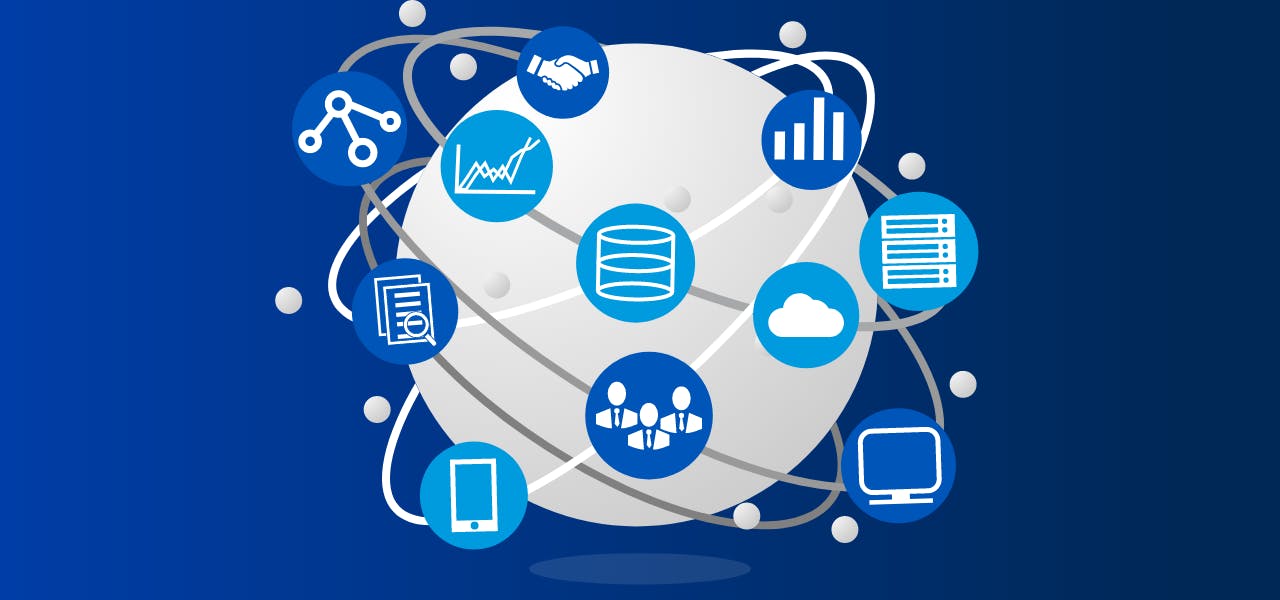As web users go through their typical experience of online activities, it’s an accustomed part of their searches to see things like “We collect cookies” and requests for demographic information or opinions. The Digital Era has made the collection and dissemination of data almost as much a part of our lives as breathing, even if those who are submitting the information aren’t aware of or in agreement with how the data is being used.
Real-time analytics through data collection has become an integral part of industrial and research processes around the world. These analytics help businesses and academics adjust their operations, make decisions as to how to drive innovative ideas in ways that would impact their target audiences best, and create measures that improve the collective good as a whole. Scholars today can use real-time data to influence their choice of experiments, ensuring that their research is able to drive change on a long-lasting, impactful level.
What Are Real-time Analytics?
Programs that monitor real-time analytics are used by researchers and businesses to provide insights that are up-to-date at the moment. These are then applied to decisions that drive current and future actions.
Whatever the categories are that are being analyzed, the real-time program can answer them within seconds through a compilation and dissection of large amounts of data. Big data analytics are used in the world of economics to drive financial investments and trading decisions, in business agendas, and in research to inform scholars of pain points that need to be addressed in their scope of expertise.
The advantages of real-time analytics are widespread. They can be applied for instant, on-demand answers to evolving problems as they are observed, and they can also be continuously read to check for trends and predict future needs.
Challenges to Using Big Data
As with any practice involving the contested subject of data collection and dissemination, using big data as a researcher comes with many challenges, such as:
● Specifying what real-time means across an inter-collaborative research team and stakeholders. When collaborative teams work in different time zones, or have a different interpretation of whether real-time means instant results or a lag is allowed, this important discrepancy can affect research results. Anyone involved in a project in which real-time analytics are a part must establish this expectation before the work begins and ensure everyone is in agreement as to what the term means.
● Determining the processing speeds at which the data is obtained. Spikes in data volume collected can reduce the output and create inconsistent timing for researchers to collect their data. Machine requirements are always in need of optimization and updating, so conflicting resources within research team institutions and tools can cause discrepancies in data.
● Discrepancies in the collection and review processes. How the information is gathered, the technology used to analyze the results, and the programs in which the information is inputted are all part of the process that needs to be unanimously agreed upon prior to collection.
Once these challenges are addressed, the benefits of real-time data can begin.
Benefits of Letting Real-Time Data Influence Your Research Choice
The use of analytics-based innovations has resulted in significant inventions and changes in society. Evaluating the use of non-renewable resources, for example, has led to inventions that use renewable energy to do everything from drive cars to power homes. This was a pain point that people were not currently feeling, but the projection of running out of resources was seen by researchers who were able to use real-time data to see trends and predict future problems early enough to step in and overcome obstacles.
Economist researchers are also using real-time data influence their research as they see how populations are spending and saving their money. The analytics help scholars to find links and patterns between characteristics to drive their work in a more targeted fashion.
Real-time data collection can be used advantageously in any scope of research if you approach it strategically and let it help you decide where your next focus needs to be in order to make the widest impact possible.
Add Impactio as Part of Your Analytics Strategy
Once you’ve used real-time data analytics to get your questions answered, the next step is to put everything together for submission. Using a professional program like Impactio lets you get everything you need to compile your work.
Impactio is an all-in-one platform that helps you sort and store your ideas. Impactio also follows your work and citation indicators to monitor the powerful impact your research has made through the strategic use of real-time analytics.
